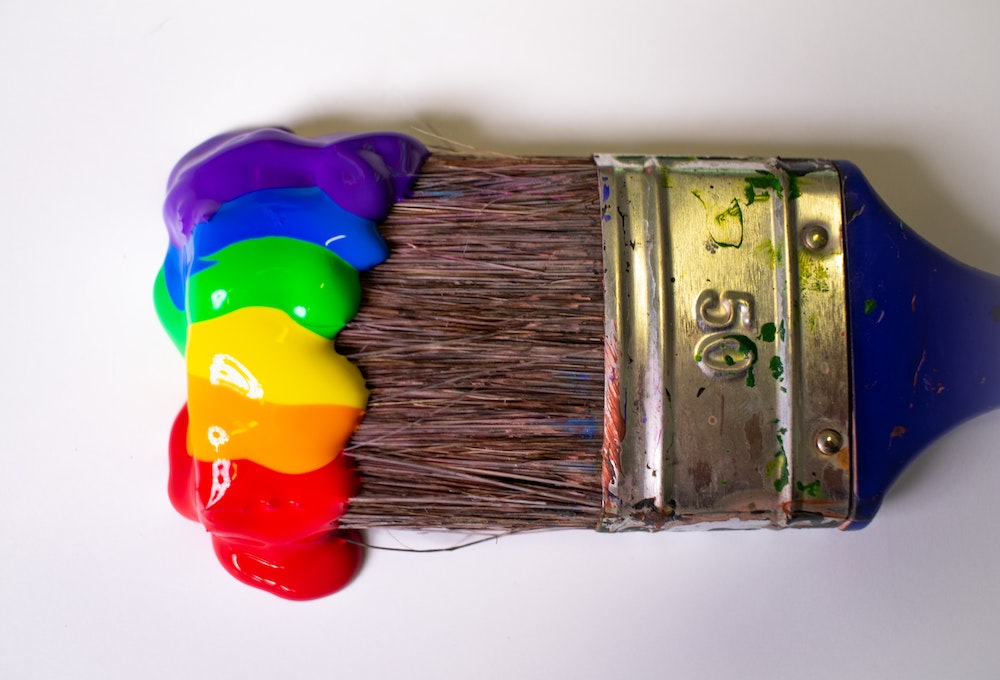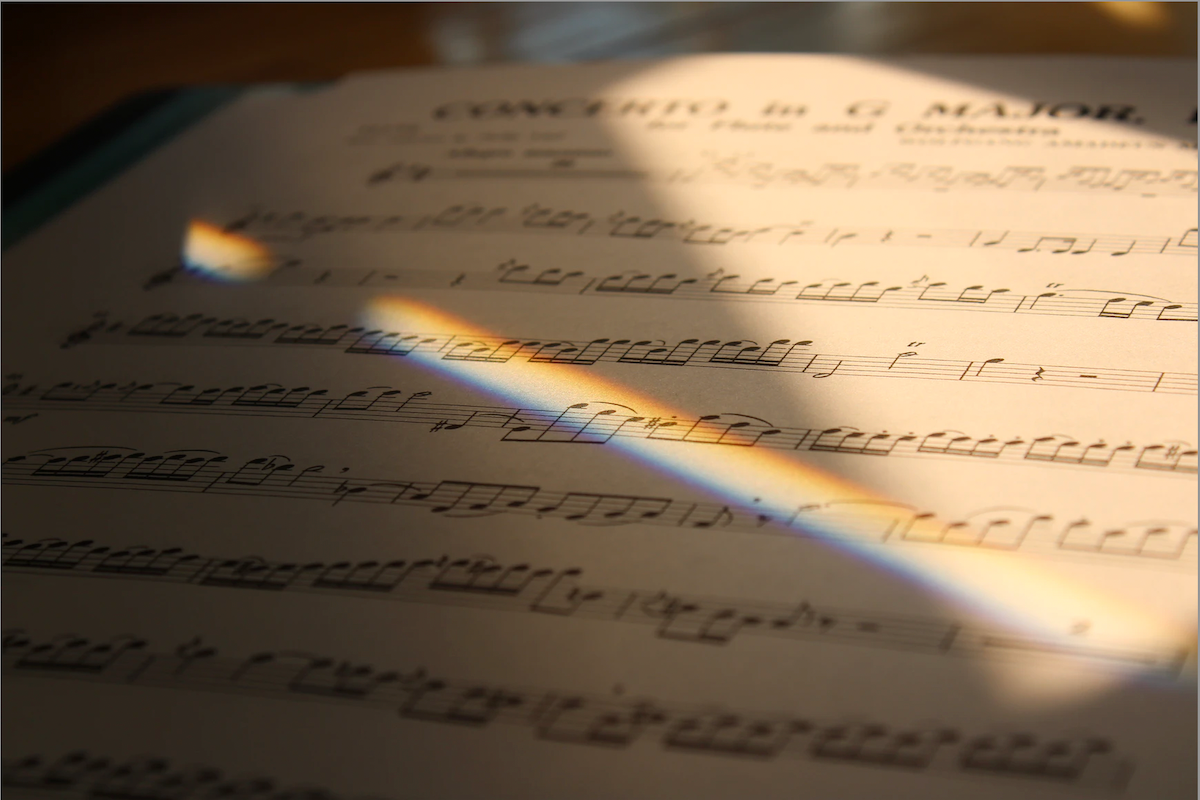Don’t judge a book by its cover. Who among us can honestly say that we’ve followed that advice? Like it or not, book covers have a massive impact on the titles we pick up off the shelf. But how much influence does cover art have over our choice of audiobooks? Does a good book cover automatically translate to good audio artwork? And is the importance of artwork fading with the growing use of digital devices?
Audiobook covers: then and now
Audiobook covers have gone through a multitude of transformations during their relatively short life - far more than their print counterparts. Frequent updates in technology and format mean that every few years the standard audiobook cover changes - from cassettes, to CDs, and now to digital. All these changes have affected how audiobook artwork is created, but the transition to digital has arguably been the most impactful. The vast majority of audiobooks are now viewed in an entirely different context: on a screen.
Viewing audiobook artwork via a screen removes several elements which are key in how a book is received; namely, the spine and the back cover. The loss of these elements, combined with viewing the front cover on a small, flat screen, lessens the impact of the cover significantly. The majority of digital audiobook covers are directly converted from their physical counterpart, even maintaining the square CD shape, which has become a recognisable signifier of audio, even as the CD format loses popularity.
Audiobook artwork in the digital world
Publishers have long lamented the imminent death of the book cover, ever since the release of the first Kindle in 2007. But the predictions that desire for physical books would plummet has not come to pass, and cover art remains as important as ever. If anything, publishers are investing more than ever into creating output that is beautiful as well as functional. In particular, the recent trend of re-releasing classics as special editions with a new cover proves continued desire for physical, beautiful books, and demonstrates that cover art trends are forever fluctuating: the stories that we love might stay the same, but the artwork we choose to clothe them in is constantly changing.
So digital hasn’t spelled the end of the book cover as so many people predicted. In fact, social media, and Instagram in particular, has become a platform that celebrates cover art. ‘Bookstagrammers’ share images of beautiful books, promoting them as desirable objects as well as enjoyable reads. And this trend is filtering into the consumption of audiobooks too - the hashtag #audiobookstagram is rapidly approaching 200,000 posts on Instagram.
The creation of cover art
But how are book covers created in the first place? They tend to be designed in-house by a publisher’s design team, although sometimes small publishers will choose to commission an outside artist. Typically it will be the publisher, rather than the author, who owns the copyright to the cover art, and even if a contract is terminated, rights to the artwork will remain with the publisher. This is why new editions or later reprints of books will usually have a new cover.
The creation of a cover is a collaboration: input is required from sales, editorial, and marketing teams, as well as the art department. Because at the end of the day, a cover isn’t just a work of art, it’s a sales tool, and consumer trends need to be taken into consideration. And trends fluctuate - bold typography and pastel colours have been the order of the day in recent years - and continue to remain popular - but we’re also starting to see a shift towards photography.
Why care about cover art?
It’s clear that when it comes to physical books, cover art has long been considered an art form. But audiobook covers are gradually achieving appreciation in their own right, particularly due to the marked increase in original audio and big budget productions. So as we look to the future of the audio industry, we hope that an increased focus on cover art will help consumers to consider audiobooks as a valued possession, not just content to be consumed.





